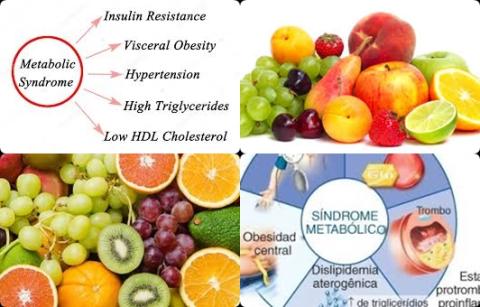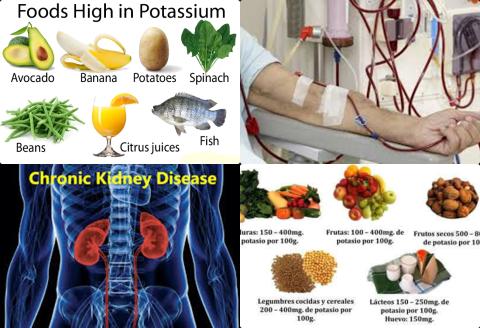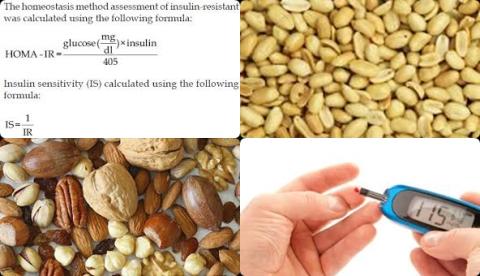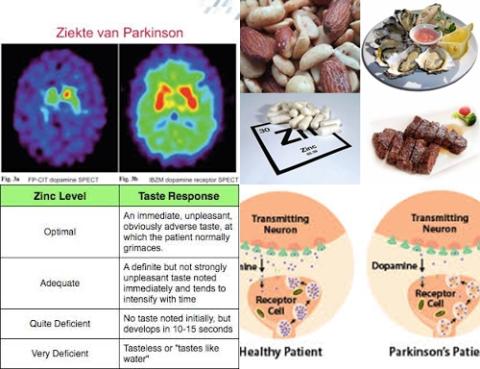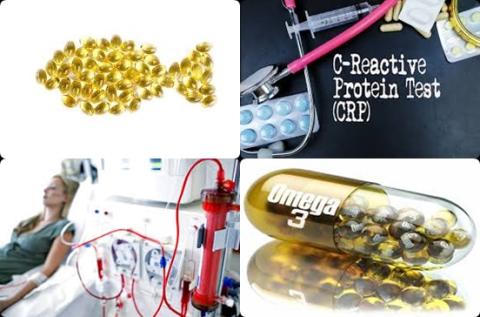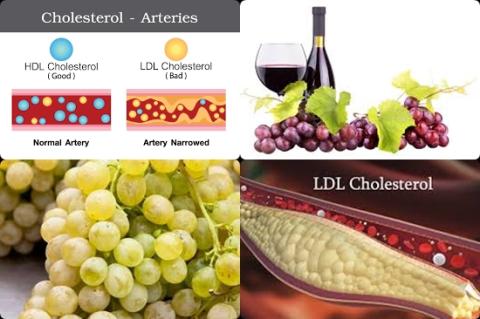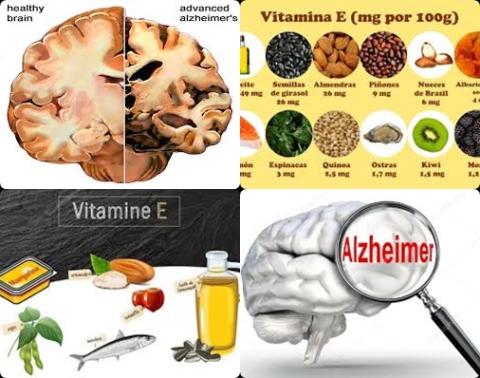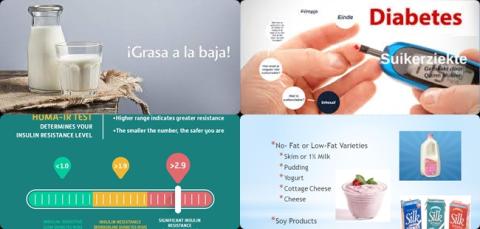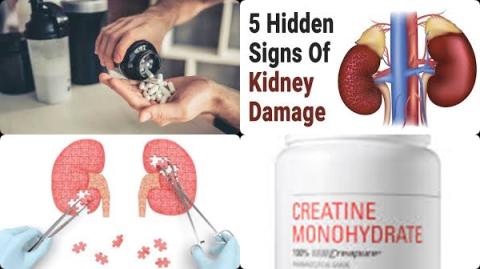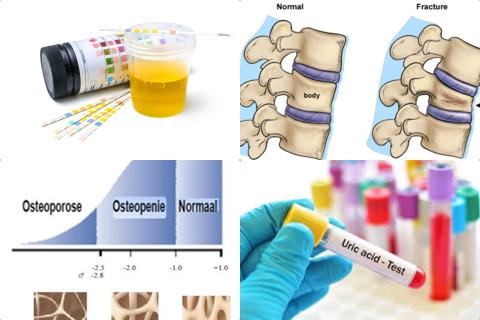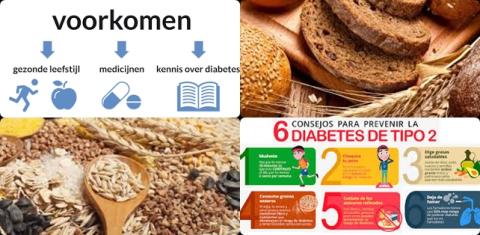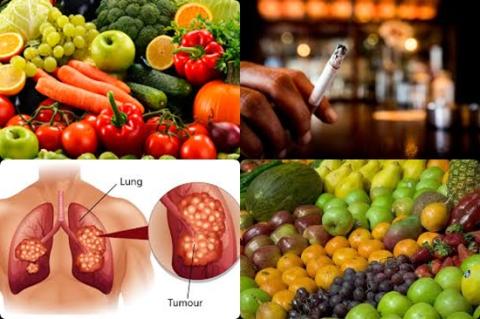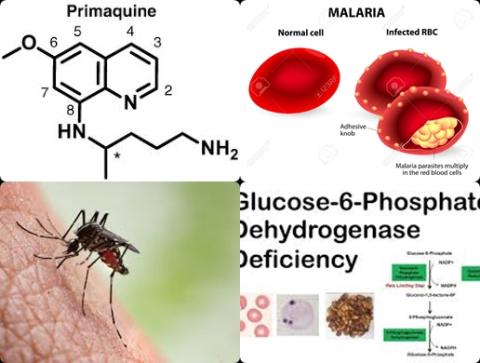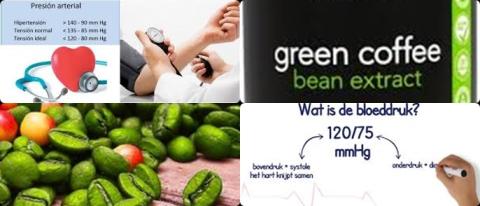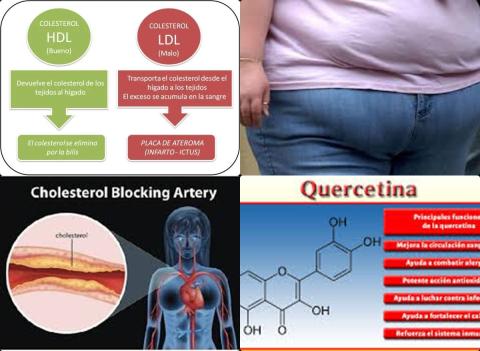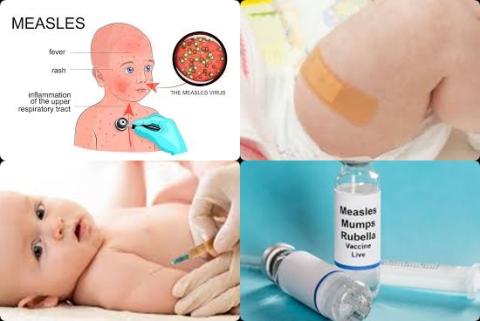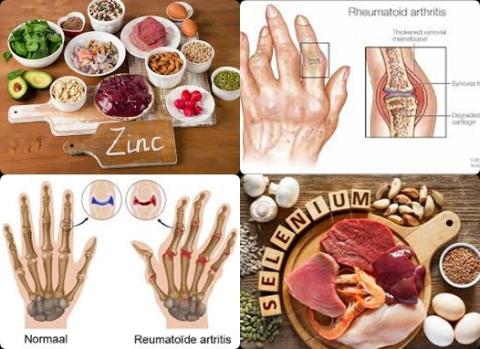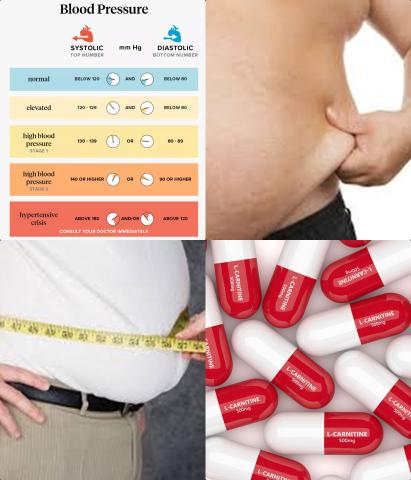Objectives:
Parkinson's disease (PD) is the most common neurodegenerative disease after Alzheimer's dementia. Whereas the exact etiology of Parkinson's disease remains unknown, risk of developing Parkinson's disease seems to be related to a combination of genetic and environmental factors. This also includes abnormal exposure to trace elements of nutritional and toxicological interest. Therefore, this review article has been conducted.
Is there a relationship between exposure to trace elements and Parkinson’s disease risk?
Study design:
This review article included 56 case-control studies reporting data for selenium (cases/controls: 588/721), copper (2,190/2,522), iron (2,956/3,469) and zinc (1,798/1,913) contents in cerebrospinal fluid (CSF) and blood.
Results and conclusions:
The investigators found patients with Parkinson's disease had significantly higher levels of selenium in cerebrospinal fluid compared with controls [+51.6%, WMD = 5.49, 95% CI = 2.82 to 8.15], while levels in serum were similar [-0.2%, WMD = -0.22, 95% CI = -8.05 to 7.62].
The investigators found patients with Parkinson's disease had non-significantly higher levels of copper in cerebrospinal fluid compared with controls [+4.5%, WMD = 1.87, 95% CI = -3.59 to 7.33] and non-significantly lower levels of copper in serum [WMD = -42.79, 95% CI = -134.35 to 48.76].
The investigators found patients with Parkinson's disease had significantly higher levels of iron in cerebrospinal fluid compared with controls [+9.5%, WMD = 9.92, 1.23 to 18.61] and significantly lower levels of iron both in serum/plasma [-5.7%, WMD = -58.19, 95% CI = -106.49 to -9.89] and whole blood [-10.8%, WMD = -95.69, 95% CI = -157.73 to -33.65].
The investigators found patients with Parkinson's disease had significantly lower levels of zinc in cerebrospinal fluid compared with controls [-10.8%, WMD = -7.34, 95% CI = -14.82 to -0.14] and significantly lower levels of zinc in serum/plasma [-7.5%, WMD = -79.93, 95% CI = -143.80 to -16.06].
The investigators found a longer duration of the disease tends to be associated with overall lower trace element levels in either cerebrospinal fluid or blood.
The investigators concluded higher levels of both selenium and iron in cerebrospinal fluid increase Parkinson's disease, while higher levels of zinc in cerebrospinal fluid decrease Parkinson's disease.
Original title:
Selenium and Other Trace Elements in the Etiology of Parkinson's Disease: A Systematic Review and Meta-Analysis of Case-Control Studies by Adani G, Filippini T, […], Vinceti M.
Link:
https://www.ncbi.nlm.nih.gov/pubmed/31454800
Additional information of El Mondo:
Find here more information/studies about iron, zinc, selenium and chronic disease
